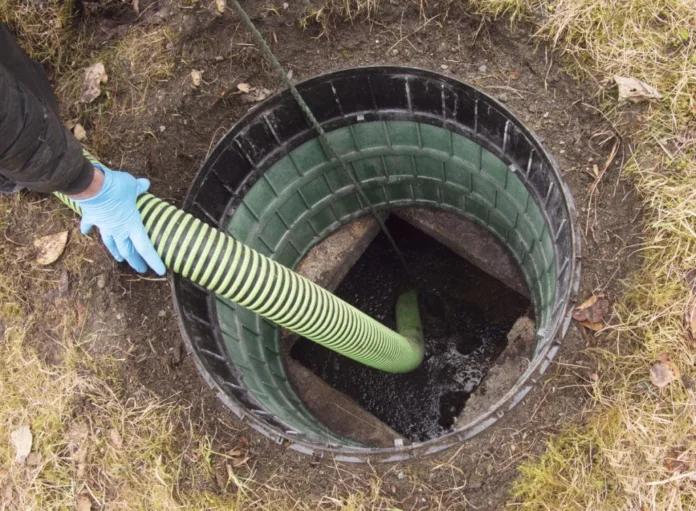Introduction:
Septic tank cleaning is a crucial task that ensures your home’s waste management system works effectively. But what precisely takes place throughout the cleaning procedure?
Why is it necessary? How often should it be done? And what are the potential consequences of not doing it regularly? In this blog post, we’ll provide a comprehensive overview of the septic tank cleaning process, answering all these questions and more.
What is a Septic Tank and Why is Cleaning Important?
A septic tank is an integral part of your home’s septic system. Serving as a wastewater treatment facility for homes not connected to the municipal sewage system. It allows solid waste to settle at the bottom and form sludge. While liquid waste flows out to the drain field.
The importance of cleaning your septic tank cannot be overstated. Regular cleaning prevents the accumulation of sludge. That can cause unpleasant odors, blockages, and even severe damage to the septic system if left unchecked. Regular cleaning also contributes to the overall health of your household and the environment by preventing the contamination of groundwater.
How Often Should Septic Tank Cleaning Be Done?
The frequency of septic tank cleaning varies depending on several factors. Including the size of your tank, the number of people in your household, and your household’s water usage. Septic tanks often need to be cleaned every three to five years. However, households with high water usage may require more frequent cleaning. It’s always best to consult with a professional septic tank service to determine the optimal cleaning schedule for your specific needs.
What Happens During Septic Tank Cleaning?
Septic tank cleaning involves several steps and requires professional expertise to be done safely and effectively. So, what exactly happens during the process?
Initial Inspection
The process begins with an initial inspection of the septic system. The service technician will check for any visible signs of issues, such as pooling water or foul odors. They may also ask about your household’s water usage and the date of the last cleaning to get a better understanding of your septic system’s condition.
Locating and Accessing the Septic Tank
The next step is to locate and access the septic tank. In some cases, this may require digging if the tank’s access lid buries underground. The technician will then remove the lid to access the tank.
Pumping the Tank
Once the tank accesses, the technician will use a specialized vacuum truck to pump out the contents of the tank. This includes both the liquid effluent and the solid sludge that has accumulated at the bottom of the tank.
Cleaning and Inspection
After pumping, the technician will clean the tank, usually with high-pressure water, to remove any remaining sludge. They will also inspect the tank for any signs of damage, such as cracks or leaks, which could affect the septic system’s functionality.
Final Steps
After cleaning and inspection, the technician will replace the tank lid and cover any dug-up areas. They will then provide you with a report detailing the work done and any potential issues found during the cleaning and inspection.
What are the Consequences of Not Cleaning Your Septic Tank Regularly?
- System Backup: As the septic tank fills up, there’s less room for incoming wastewater. This can lead to wastewater backing up into your house, causing unpleasant odors, property damage, and potential health risks.
- Damage to the Drain Field: Excessive sludge can clog the drain field pipes, leading to system failure. The drain field can become oversaturated, which can lead to soggy areas in your yard or sewage surfacing on the ground.
- Costly Repairs or Replacement: A neglected septic tank can cause significant damage to the entire septic system, requiring expensive repairs or even a complete system replacement.
- Ground and Surface Water Contamination: Failing septic systems can contaminate nearby wells, groundwater, and surface water with harmful bacteria and viruses, posing a risk to public health and the environment.
- Decreased Property Value: A failing or poorly maintained septic system can significantly decrease the value of your property and may deter potential buyers if you decide to sell your home.
- Legal Issues: In many places, regular septic system maintenance is required by law. Neglecting this duty leads to fines or other legal issues.
Conclusion
Regular Septic tank pumping is essential to maintaining your home’s septic system. Understanding what happens during the cleaning process can give you a better appreciation for the importance of this task and help you take proactive steps to ensure your septic system remains in optimal condition. Remember, a well-maintained septic system is key to a healthy home and a healthy environment.

